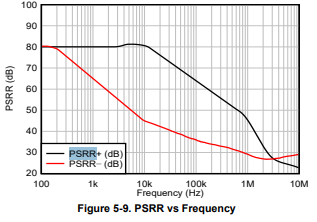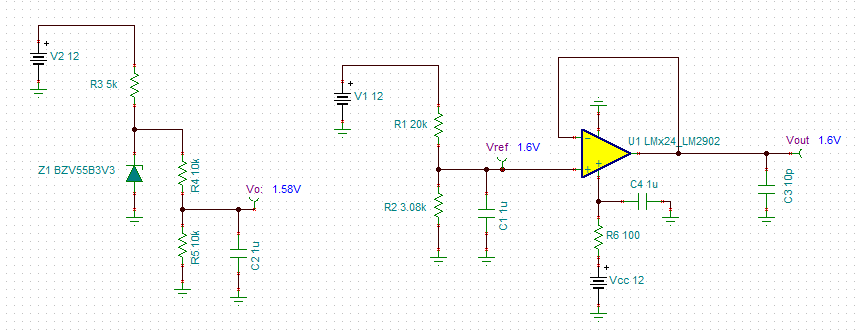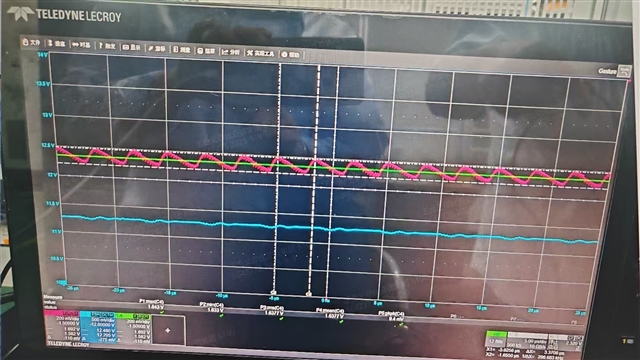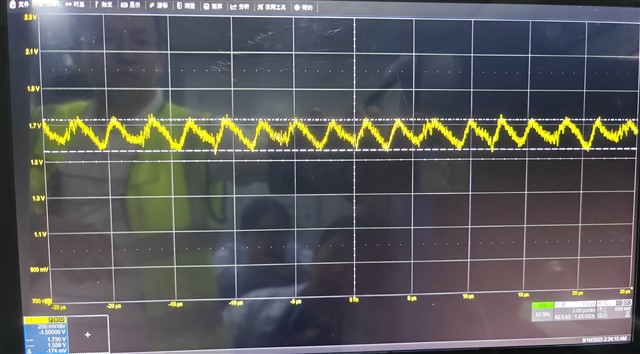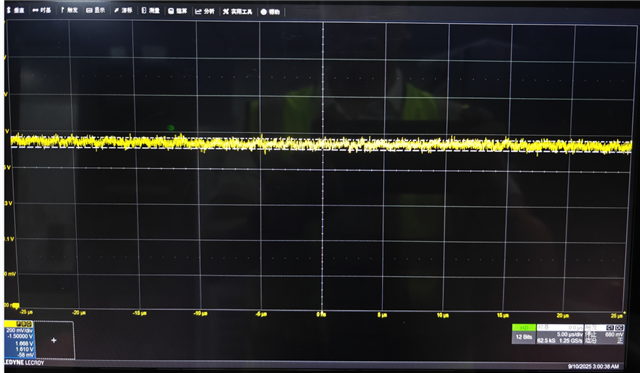Other Parts Discussed in Thread: LM2902, , OPA4171-Q1, OPA202
Tool/software:
Hi team,
My customer is using LM2902-Q1 as a buffer for a 1.6V DC signal. But the output shows a sawtooth waveform when input is 1.6V DC. If they disconnect the DSP ADC input from this buffer, then LM2902 output is back to normal. You can find the waveform as below.
Green one is input of LM2902-Q1, red one is output of LM2902-Q1.
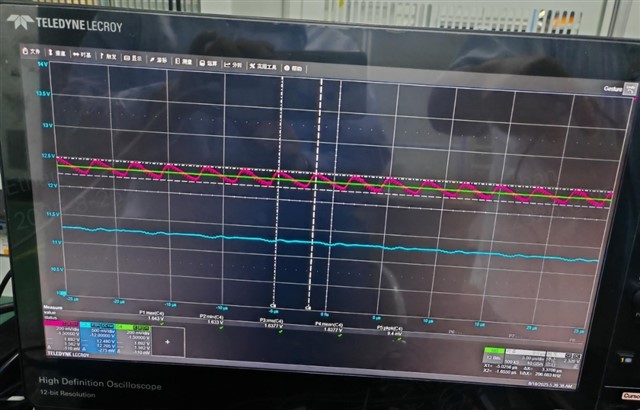
The DSP they are using is F280034-Q1, you can find the ADC information as below.
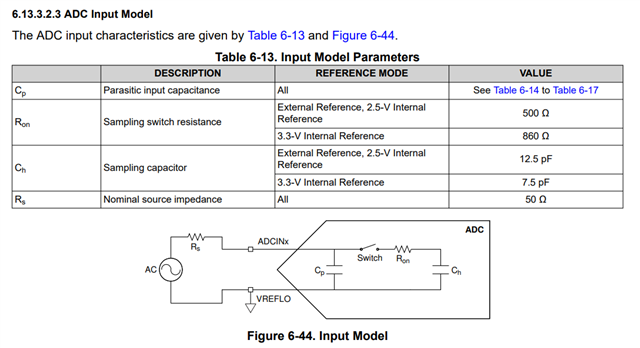

When I use analog engineer's calculator, I got below result. Customer original Rfilt=100ohm, Cfilt=1nf. From below result, it seems we should select a amplifier that bandwidth is about 50Mhz. But when customer change LM2902-Q1 to OPA4171-Q1, then output back to normal.
So I would like to get your opinion on the reason on LM2902-Q1 output abnormal and how should we improve?
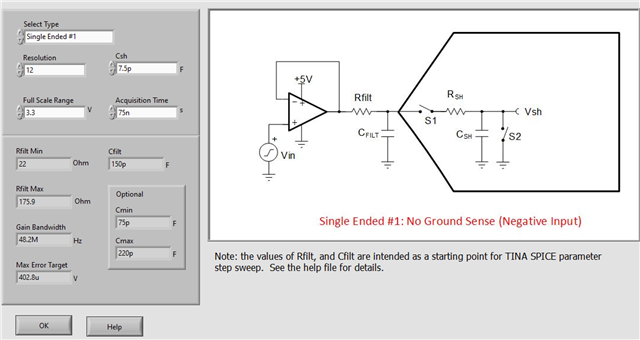
Thanks!
Ethan Wen


